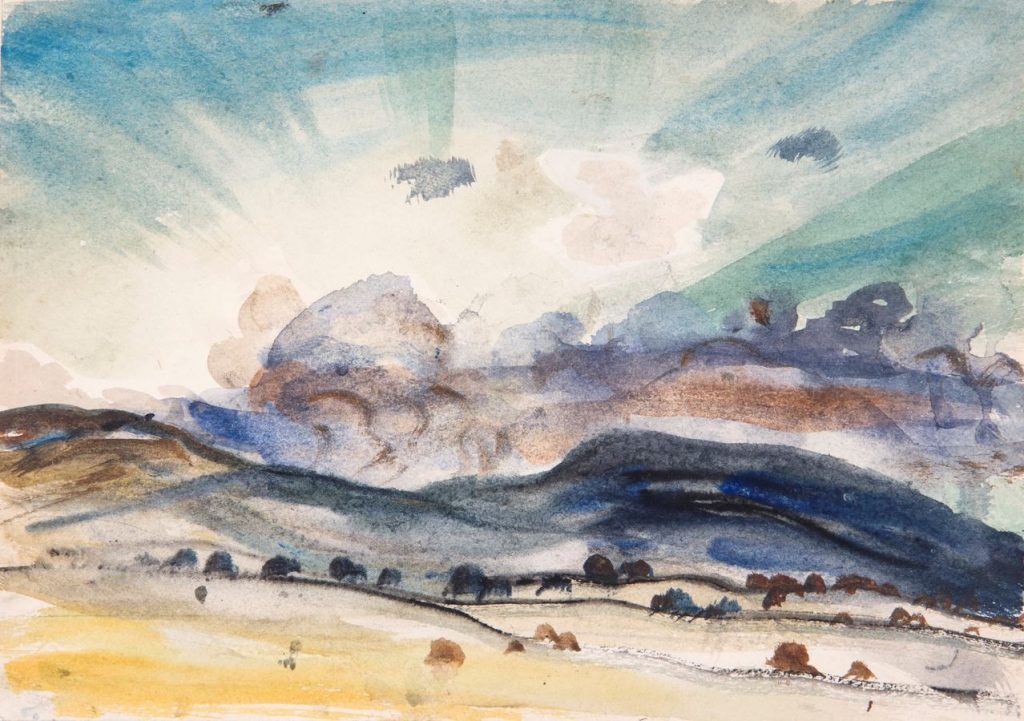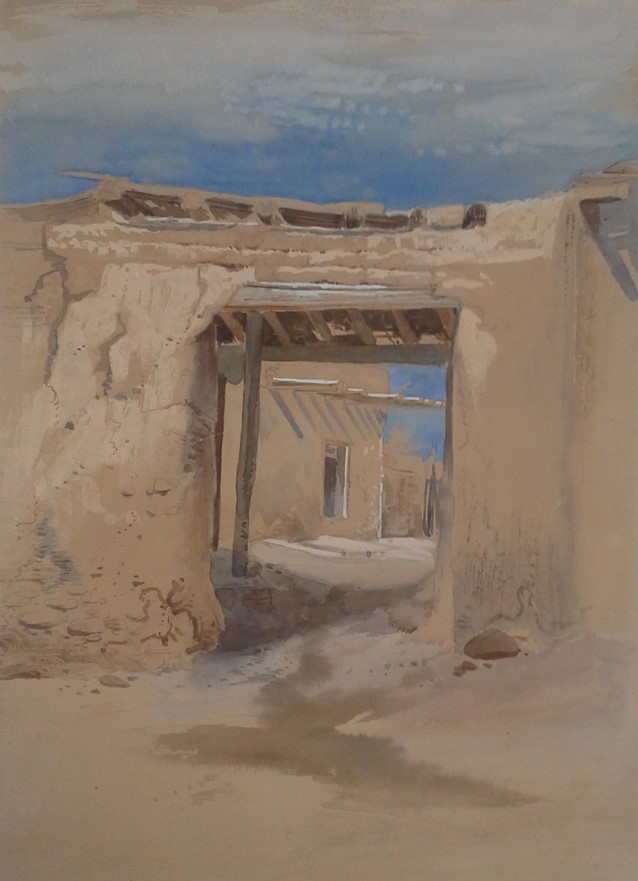An event that many graduate students will be familiar with is the academic conference. It’s a chance to network, get feedback on your work, see someplace new, and add something to your CV. Schools love it when their students go to conferences, and students usually enjoy getting the chance to interact with people outside their home department.
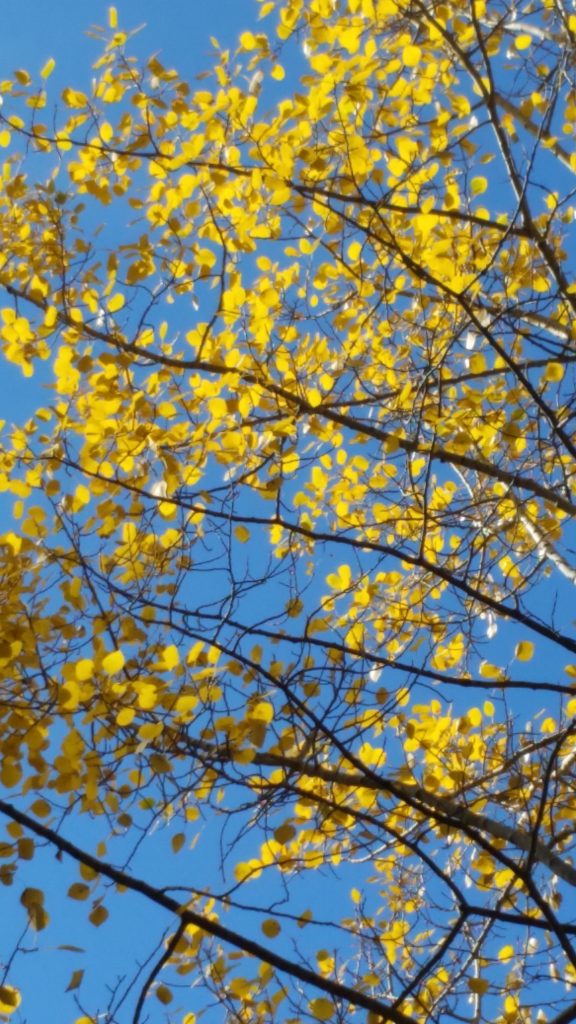
If you’re going to a conference as an attendee or volunteer only, all you need to do is register, but if you want to present, you have to go through a process known as the abstract submission. First, you get forwarded a call for papers, usually from your department head or registrar. If you research aligns with the conference theme, you write an abstract, or a 300-word summary describing what you’ll be talking about and why. You also generally submit a CV or resume to show what you’ve done so far. From there, you wait to see whether you got in or not. It’s rare that you get accepted to every conference you submit an abstract to, so submitting is no guarantee that you’ll get in. If you do, great, if not, you’ve still got an abstract that could become the basis of a term paper, article, or even another conference paper.
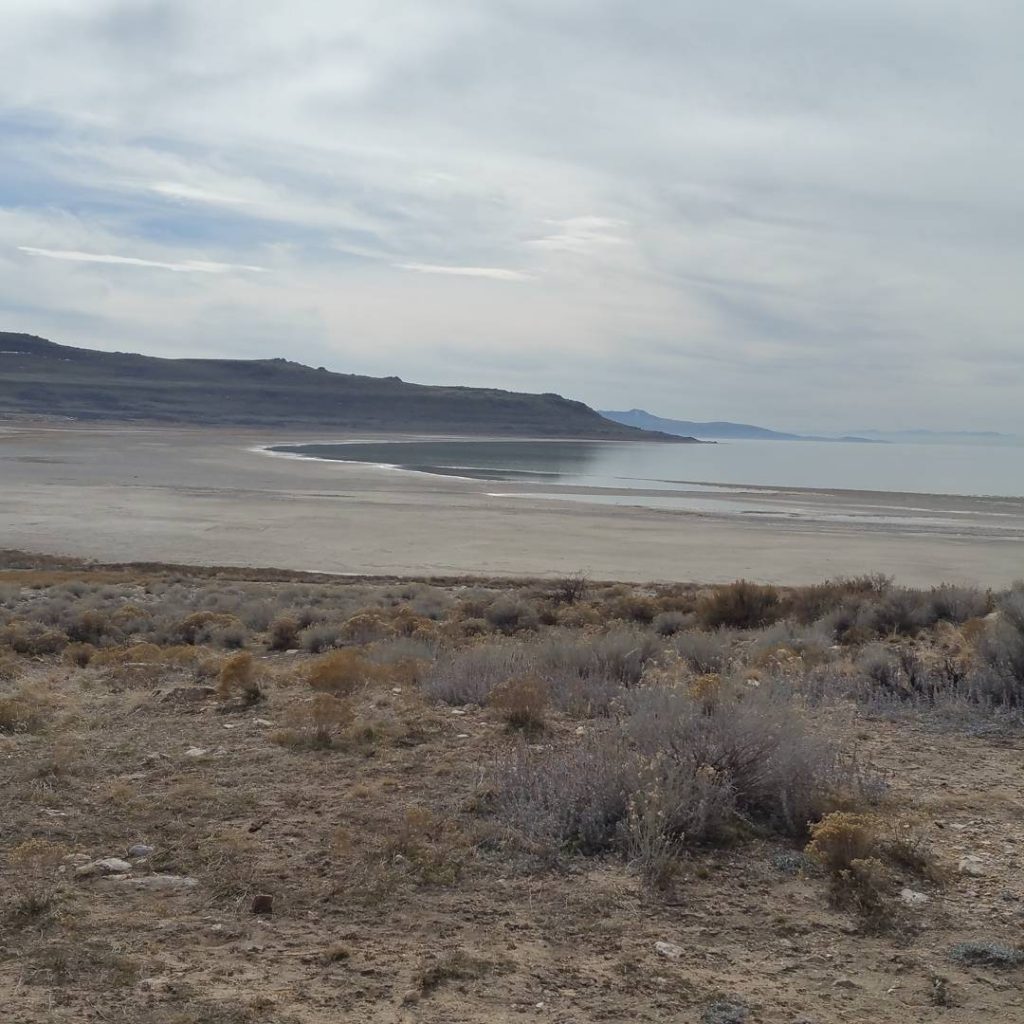
I’ve been fortunate enough to present at several conferences already, especially when I was working in Roswell. Most calls for papers are eligible to graduate students only, but once in a while I’d get an announcement for conferences open to other scholars such as curators or artists. If I was working on an exhibition whose subject aligned with a conference topic, I’d submit an abstract. As a result, I was able to travel to places such as Utah, Oklahoma, and California, all while introducing the collection to new audiences.
I don’t believe in resting on your laurels, though, so I’ve been working on new conference abstracts. What’s been most interesting to me is how my focus has changed. When I was working in Roswell, I presented on whatever exhibition I was researching at that time, whether it was the World War II drawings of Howard Cook or the pueblo studies of Peter Moran. No two papers were alike, and with the exception of my work on Peter Hurd, they didn’t result in publications.
Instead, these conferences gave me the opportunity to share the collection with audiences outside of Roswell while rebranding myself as an Americanist. With a background in Old Master painting, I worried about the discrepancy between my academic work and my museum work, especially when I decided to apply to American-focused programs. By participating in several conferences, I demonstrated that my work as an Americanist was serious enough to warrant interest.
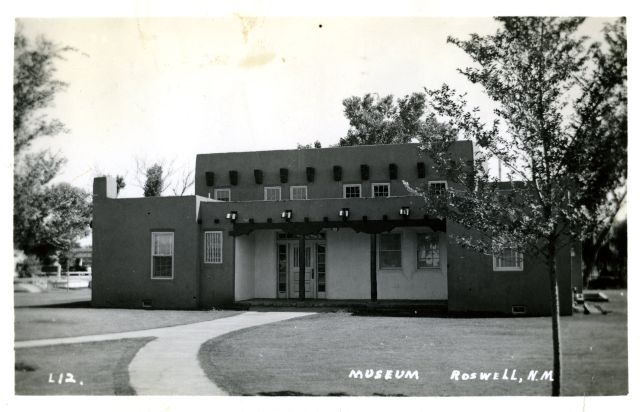
Nowadays, however, my objectives are quite different. Since I’m already in an academic program, I’m much more focused on my work with community art centers, as this will be the focus of my dissertation. As a result, instead of submitting abstracts on different topics, they’re all variations on community art centers, with the fundamental questions or focus reflecting the theme of the conference.
I’ve submitted four abstracts so far since coming to William and Mary, with each one focusing on a different facet of the community art centers. What I’ve appreciated about writing these abstracts is that they’ve helped me redirect my focus away from the Roswell Museum, and more broadly on the Community Art Center Project itself. Don’t get me wrong, Roswell plays an important role in my research, but I need to begin situating it into a larger narrative about art and its reception during the New Deal era. Conference abstracts are a great way to begin thinking about broader framing questions.
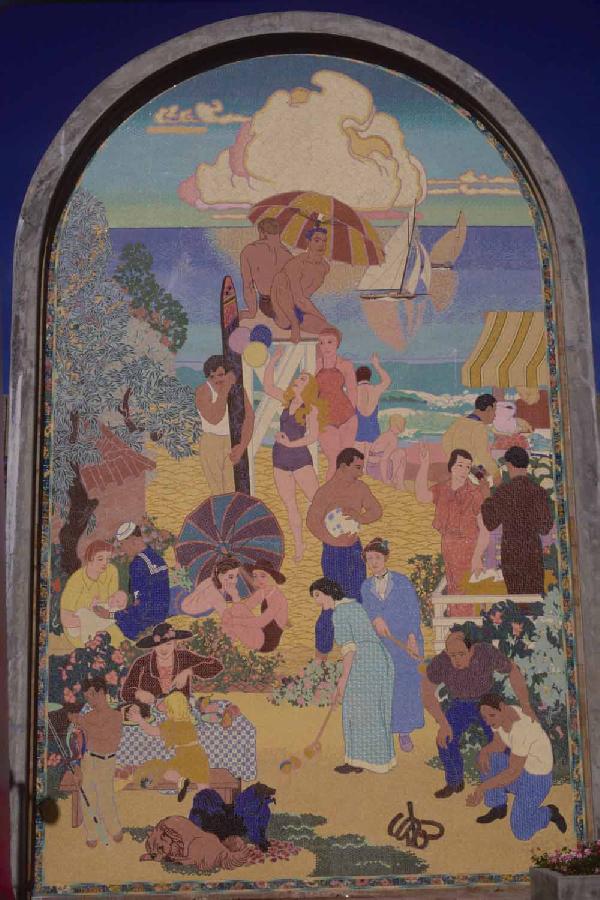

In one conference exploring the sensorium in art, for instance, I proposed talking about sense-experience as conveyed through the traveling exhibitions hosted at community art centers. For a while now I’ve noticed that the Roswell’s traveling shows included a lot of tactile objects such as mosaics, tapestries, and even floral bouquets, and writing an abstract gave me an opportunity to focus my loose observations. Another abstract focused on the challenges of sending traveling exhibitions to New Mexico and other places located far from New York and other metropolitan centers. A third abstract proposed exploring the exhibition spaces of the art centers themselves. While the Roswell Museum was housed in a building designed as a gallery space, most community art centers used storefronts, libraries, and other extant, available spaces. Since I intend to focus my dissertation on several art centers, a preliminary exploration of these spaces could be useful for future research and writing. Other conferences focus on art patronage and audience building.

Working on these abstracts has been a great way to think about my work from different perspectives and articulate my observations into potential research questions. I don’t expect to acceptance to all of them, but even if I don’t go to a conference, the abstract I wrote for it becomes a great framing device for future chapters or articlest. If nothing else, abstract submissions are wonderful exercises in clear thinking, and should be written regularly.
As it turns out though, I’ll be presenting at two different conferences this summer, so now I’ve got some papers to get ready. L

